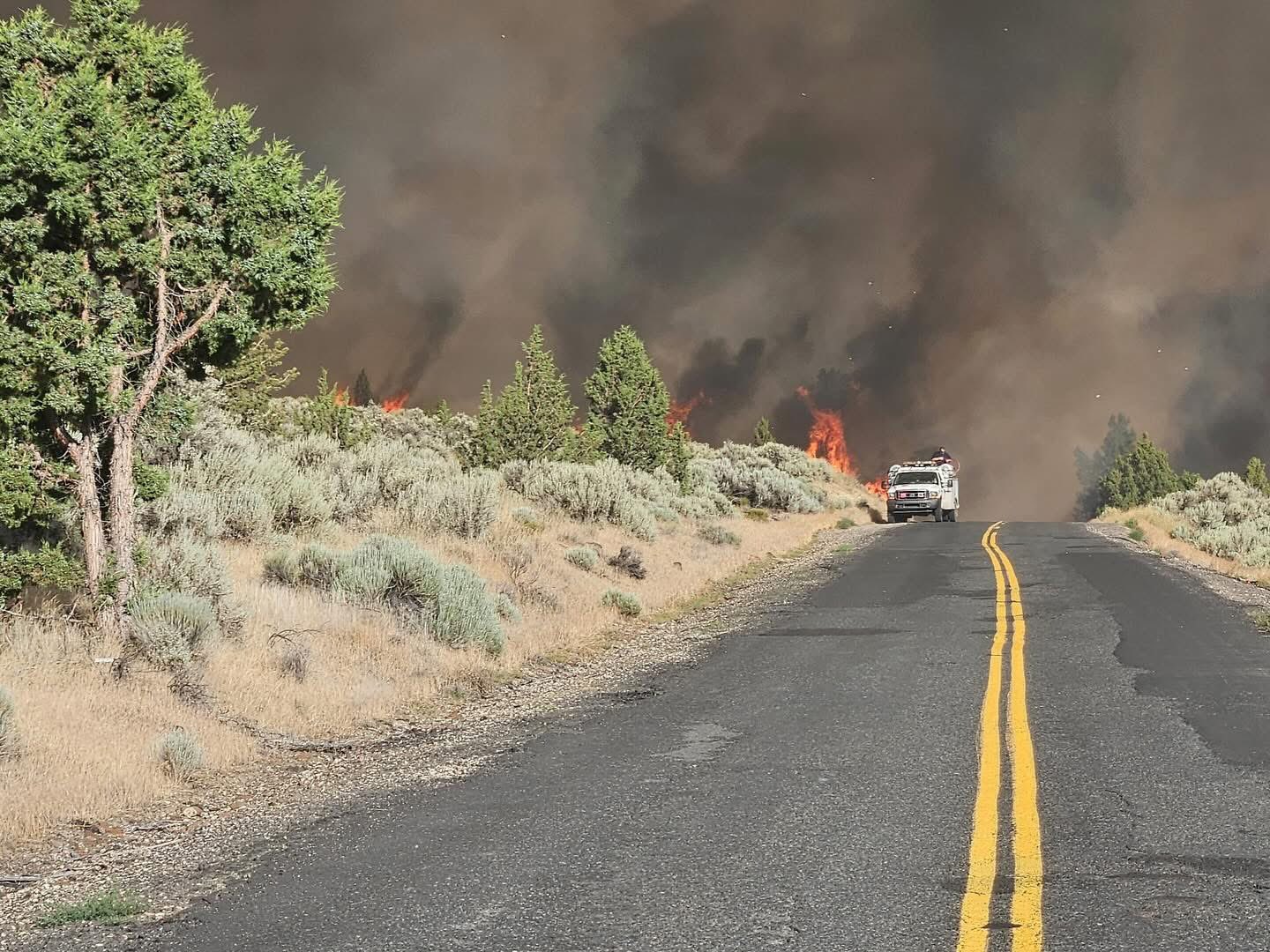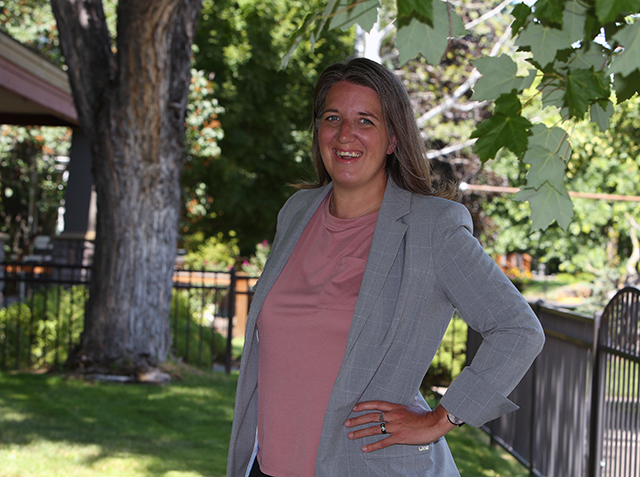Echoes of Columbine and other shootings
Published 5:00 am Saturday, July 21, 2012
The mass shooting that claimed at least 12 lives at a Colorado theater showing the latest Batman movie is among the deadliest in the United States in the past 15 years.
The toll approaches the 15 killed in the 1999 massacre at Columbine High School in Littleton, Colo., about 12 miles from the Aurora theater, where Friday’s shooting occurred during an early morning screening of “The Dark Knight Rises.” The deadliest mass shooting in the U.S. happened about eight years later: the Virginia Tech rampage of April 2007 in Blacksburg, Va., in which Seung-Hui Cho took 32 lives, and his own.
Trending
How could this possibly happen here again?
That’s what Kelli Narde, communications director for the city of nearby Littleton, asked herself Friday.
“I was here for Columbine. I grew up in Aurora. I worked at that mall (where the movie theater shooting took place) when I was a teenager,” she said. “I’m kind of at a loss for words. I think we all are.”
Narde was working for Littleton, Colo., when the April 20, 1999, shootings took place at Columbine High School. Two students — Eric Harris and Dylan Klebold — opened fire, killing a dozen students and a teacher and causing injury to two dozen others before taking their own lives.
The worst shootings
Dozens were also wounded in this latest shooting, Aurora police said. Authorities seized two .40 caliber handguns, one 12-gauge shotgun and one .223 caliber rifle, said a federal law enforcement official who wasn’t authorized to speak publicly. Police Chief Dan Oates said at a press conference that the suspect surrendered to police.
Trending
Other gunmen have died during their own rampages.
In March 2009, 13 people perished when Jiverly Wong, an unemployed immigrant from Vietnam, opened fire on a civic center in Binghamton, N.Y. He killed himself. That same month, Michael McLendon fatally shot 10 relatives and bystanders in what Alabama authorities called the single deadliest crime in the state’s history. He also committed suicide.
Later that year, Nidal Hasan, a U.S. Army major, is accused of shooting and killing 13 people at Fort Hood in Texas. Hasan, who survived and is awaiting trial, had been communicating by email with Anwar al-Awlaki, a U.S.-born radical cleric who was part of al-Qaida in Yemen. (Al-Awlaki was killed in a U.S. drone strike last year.)
Six people died in January 2011, when Jared Lee Loughner allegedly went on a rampage at a community meeting in Tucson, Ariz., organized by Rep. Gabrielle Giffords, who survived a head wound sustained in the incident. Loughner has pleaded not guilty to murder and attempted murder.
Most recently, One Goh was charged with multiple counts of murder for the lethal shooting of seven people at a college in Oakland, Calif., in April.
Outside the U.S., 77 people died a year ago this week in Norway in twin attacks by Anders Behring Breivik.
Possible motives
The Columbine shooters were motivated by thoughts of glorious suicide, revolution and vengeance for petty slights, according to Dave Cullen’s book “Columbine.” Harris bragged in his journal about “topping” Timothy McVeigh, who killed 168 people in the 1995 bombing of a federal building in Oklahoma, Cullen said.
Aurora’s police chief declined to speculate about a motive in this latest shooting.
Hasan communicated with Islamic radicals before the shootings at Fort Hood, according to investigators.
Breivik, who’s fighting to be found sane, has said the murders were “gruesome but necessary” to fight multiculturalism and the spread of Islam. Most of his victims, some as young as 14, were attending a Labor Party youth camp.
Wong, who allegedly fired 99 rounds at the upstate New York civic center where he was studying English, sent a letter to a local television station accusing police of harassing him for two decades.
Loughner, the former college student accused of attacking the Giffords gathering in Arizona, was diagnosed with schizophrenia. He has been undergoing psychiatric treatment and forced medication to render him competent to stand trial.
McLendon, the Alabama shooter, left behind a letter describing “ill feelings” toward his family. A self-proclaimed survivalist, he carried two assault rifles, a shotgun and a handgun and fired at least 125 rounds during his rampage. He shot his mother first, then her four dogs, before setting them on fire.
The Virginia Tech shooter, Cho, in a videotaped manifesto, cited grudges against the world and said he was inspired by past U.S. school shootings, of which perhaps the most famous was Columbine, in Colorado.
Residents of Littleton, Colo., who lived through that 1999 rampage were badly shaken Friday morning by news of the latest bloodshed. Already, some residents had begun reaching out to help the nearby community walk the same sad path that lies ahead.
Reaction in Littleton
“I just don’t think they know what is ahead for them,” Narde, the Littleton communications director, said. “Just the sheer magnitude of the tragedy, the community grief, the why of it all,” she said. “It’s going to stick with them for awhile.”
Narde said she woke up as usual Friday morning, and started to go about her day. “I got up at 6 and turned up the TV and got the newspaper like I always do,” Narde said. Then she heard the chilling words coming from the TV.
“Shooting.” “Aurora.” Dozens of victims. Twelve dead.
“I froze. I was just frozen.”
How could this possibly happen here again? she asked.
“I was here for Columbine. I grew up in Aurora. I worked at that mall (where the movie theater shooting took place) when I was a teenager,” she said.
Although the Columbine shooting actually took place on school grounds in unincorporated Jefferson County, Littleton forces were the first responders, and the community became the defacto “ground zero” staging grounds.
She said the community can expect the waves of emotions to rush back again and again. “Once the identities of the victims start coming out, there will be a whole new wave of shock, a whole new wave of sadness.”
She said that the community can also expect to feel an unbelievable sense of helplessness.
“Many of these victims, presumably, are young people. That just makes it all the more tragic,” she said.
“They’ll have a long road ahead of them.”







